
Innovation is a core value at Sound Physicians. Every year we encourage our colleagues to submit research and pilot projects designed to drive improvements in quality, satisfaction, and financial performance to our Clinical Innovation Council. This year, we are pleased to share a preview of upcoming presentations and posters accepted by the council for presentation at two professional conferences in March and April. Brian Carpenter, MD, Regional Medical Director, is presenting at the American College of Healthcare Executives on March 28 during the Forum on Advances in Healthcare Management Research in Chicago. Six additional projects were accepted for the Society of Hospital Medicine’s Annual Conference, Hospital Medicine 2018, to be presented during the scientific abstract and poster presentation sessions. I’m proud to share a brief description of these projects. If you are attending the meetings, reach out to the authors to learn more.
Effective Care Team Communication: Reducing Physician Pages via Collaboration with Nursing
Our team received a high volume of non-emergent pages, resulting in interruptions of physician workflow and efficiency. We implemented the Situation, Background Assessment, Recommendation (SBAR) communication tool and multidisciplinary rounds to improve the quality and timing of communications between nurses and physicians. We successfully reduced pages by 57% across all shifts and 75% on the swing shift. Read about it here.
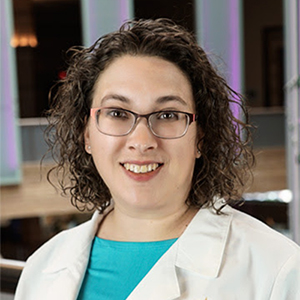
Mercy North Iowa, IA
The Impact of Goals of Treatment on Mortality Outcomes
Identification of goals of care and patient’s wishes in the ICU frequently happens after several days of aggressive, uncomfortable, and costly interventions. A Sound Critical Care intensivist shares how the addition of palliative consultations at the beginning of care decreased the ICU LOS of expired patients by almost two full days and the hospital length of stay decreased dramatically by 5 full days. Read about it here.

Twin Cities Community Hospital, CA
A Palliative/Surprise Screen Test Helps Improve Transition of Care
Early palliative care can improve patient outcomes; however, many patients are not identified early, and thus receive palliative care too late. We implemented a palliative care screening tool to identify these patients. We found that approximately one-third of patients admitted to the oncology/medicine unit could benefit from palliative care interventions. Read about it here.
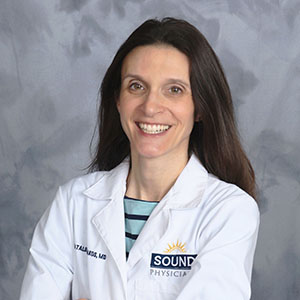
Adventist Healthcare Shady Grove Medical Center, MD
Homecoming: Patient Centric Next Site of Care Recommendations
Our hospital consistently discharges nearly 30% of patients to skilled nursing facilities (SNFs) due to physical and occupational therapy (PT/OT) concerns. We added consistency and criteria to PT/OT next site of care recommendations and found that BPCI discharges to a SNF decreased by 5%, and BPCI discharges to home increased by 7%. Read about it here.
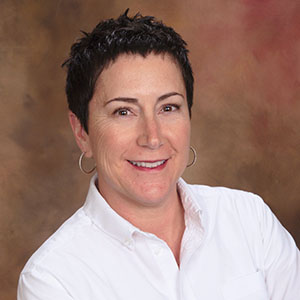
Highline Medical Center, WA
The Use of Standardized Discharge Education across the Continuum of Care to Reduce Hospital Readmissions
Hospital discharge instructions are not standardized across the continuum of care. We standardized and simplified patient discharge education to a one page “stoplight” format and implemented it in our hospital and with providers that care for our patients after discharge. As a result, we saw a 16.3% decrease in readmission of all BPCI patients. Read about it here.
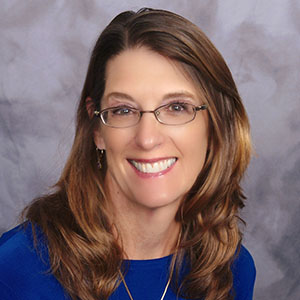
St. Vincent’s Healthcare, MT
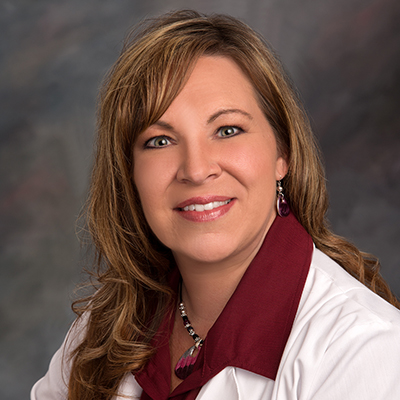
St. Vincent’s Healthcare, MT
Reducing Sepsis Mortality through Early Sepsis Screening in the Community
Sepsis is the 10th leading cause of death in patients age 65 and older. In our hospital during monthly review, up to 60% of sepsis mortality patients came from skilled nursing facilities (SNFs). Our goal was to implement a community sepsis education program and reduce sepsis mortality at our hospital. We saw a 13% reduction in sepsis mortality through focused sepsis education for SNF staff and the use of a sepsis screening tool. Read about it here.
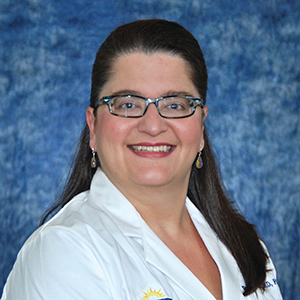
Harrison Medical Center, WA
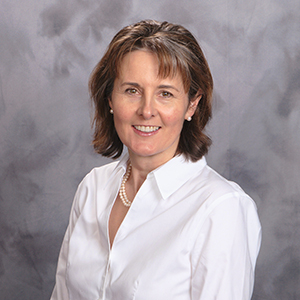
Harrison Medical Center, WAMD
Using a Checklist to Help Increase Patient Engagement and Improve HCAHPS Scores
Patients need to have the power to ask questions and prompt doctors to give them more information. Our goal is to empower and engage patients so that they better understand information from doctors. We created a checklist with daily questions for the patient to ask their doctor. We demonstrated a 21% increase in HCAHPS doctor communication scores and a 25.7% increase in clear communication scores. Read about it here.
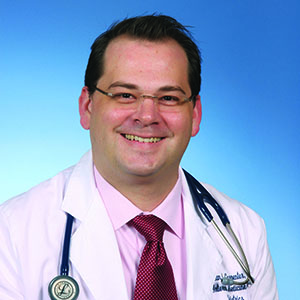
Adventist Healthcare Shady Grove Medical Center, MD
